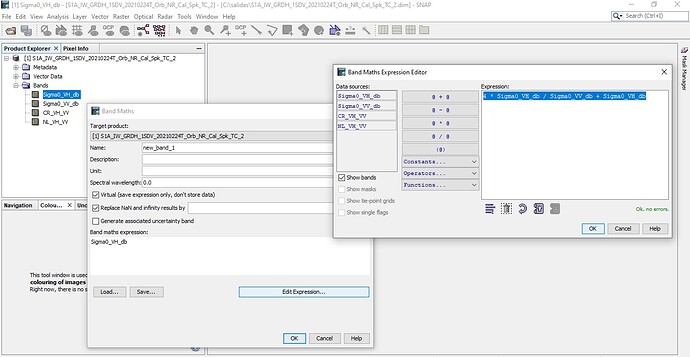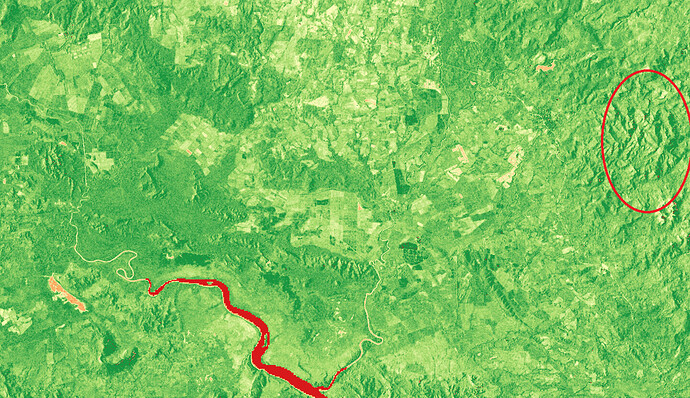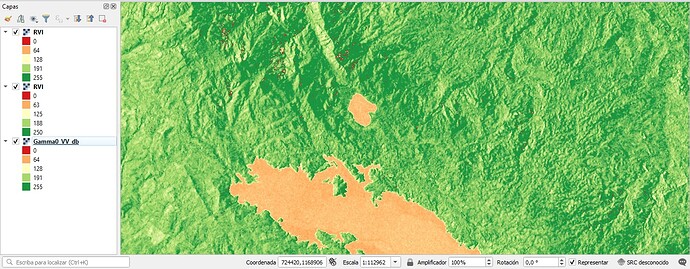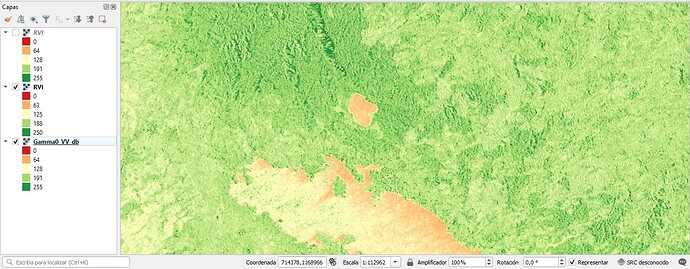Hi all
And sorry for this basic question, but I’m trying to research different SAR index, and, as far as I know, must be done with GRDH products, which only have VV and VH polarizations, but some index such RFDI or RVI needs HH and HV polarizations (according to “The Sar Handbook: Comprehensive Methodologies for Forest Monitoring and Biomass Estimation”).
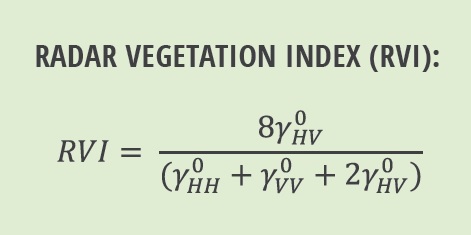

The index was developed for full polarization data while Sentinel-1 is dual-pol only.
We discussed this and some alternatives here:
So there are ways for Sentinel-1 data, but the results will probably not be as good as ones computed with quad-pol data.
Thank you very much Andreas…
I and going to try with VV and VH polarizations.
I also sought papers and found these:
MoA2-2.pdf (1.9 MB)
So the expression for RVI on the band math should be; 4 * VH / VV+VH
Hope will be useful for other users.
2 Likes
With the previous expression I exported the raster…
It appeared that dry and healthy crops can easily be distinguished, but topographic shadows (in the mountains) seems to be a problem. Any comment or idea that you’d like to contribute will be welcome. Thanks!!
you can perform radiometric terrain flattening which reduces these patterns (depending on the quality of the DEM).
Please see the second workflow suggested here: Radiometric & Geometric Correction Workflow - #35 by ABraun
1 Like
As usual, the model suggested by Andreas was better than expected.
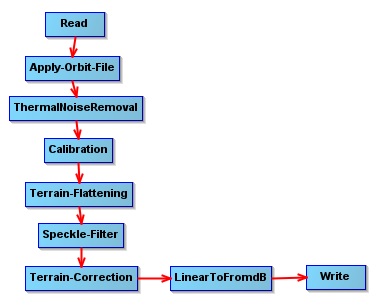
According to the model, the first image is a RVI without terrain flattening, the second, a RVI with terrain flattening and the third image is the Gamma db image in VV polarization.
Curiously, the best result to distinguish forested areas was with the Gamma db image in VV polarization, as can be seen in the third image.
Thanks again Andreas!!
2 Likes
Are you sure that the forumla in the Band Maths Expression Editor is correct?
It seems you are using data given in dB (in the logarithmic domain).
Please remember the logarithm quotient rule: The logarithm of the division of x and y is the difference of logarithm of x and logarithm of y. This means: A a division in the linear domain is a subtraction in the logarithmic domain!
I would recommend to either do the calculation again using your data converted to the linear domain or change the formula accordingly.
Cheers…
1 Like
Thanks cp_jena_76
So do you think that all that is needed is to omit the conversion from linear to dB step before writting?
Speckle filtering should take place before terrain flattening, which changes the image statistics that optimal speckle filtering depends on.
Hi @eleeeel,
Did you omitted the conversion from linear to dB step while preprocessing and performed RVI? and what is your value range then?
Greetings,
Karlmarx


